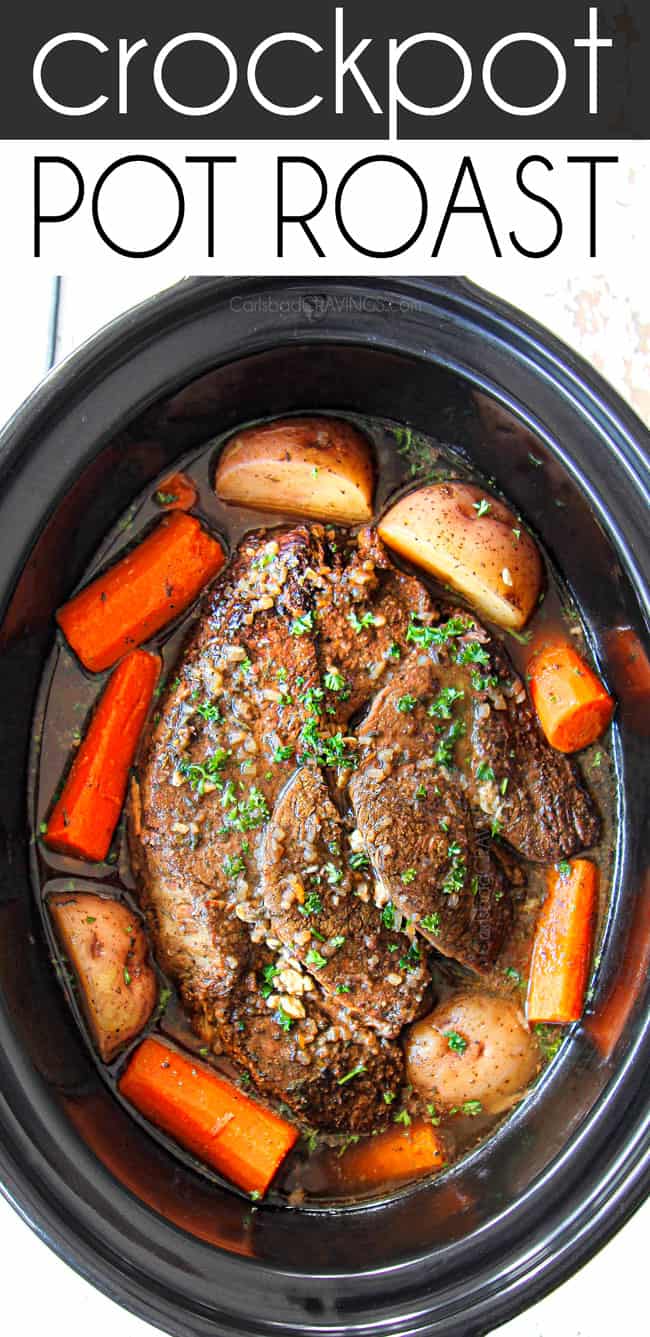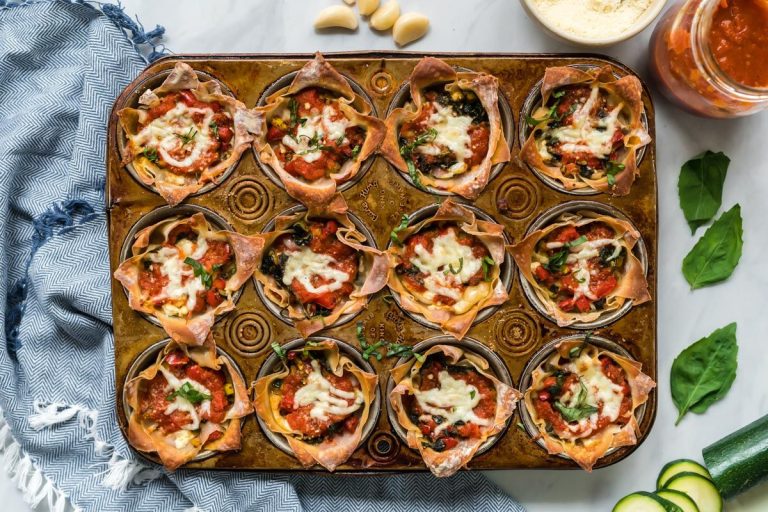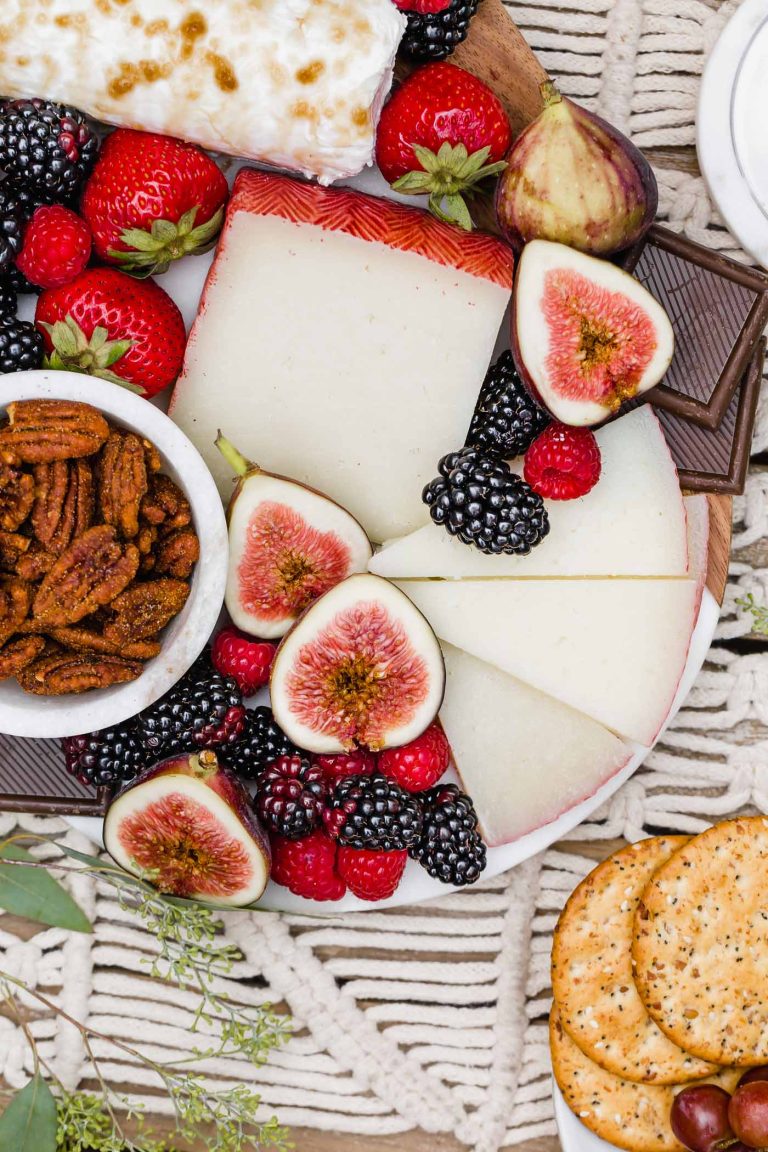Pot Roast: Perfecting Flavor, Tenderness, and Sides for a Delicious Meal
Pot roast is a flavorful, hearty dish made from a beef cut, usually chuck, brisket, or round, that becomes tender through slow cooking. Browning the meat first locks in flavor, while simmering it with vegetables, broth, and seasonings enhances the dish’s richness. The process breaks down the meat’s tough fibers, resulting in a succulent meal that’s ideal for cozy dinners.
Benefits of Cooking on the Stove Top
Cooking a pot roast on the stove top offers several advantages. First, it provides better control over cooking temperatures, allowing for more precise adjustments. This method also retains moisture better than oven cooking, keeping the meat juicy. Stove top cooking requires less energy, making it more efficient. Additionally, it frees up the oven for other dishes, which is especially useful during large meals or holidays.
Choosing the Right Ingredients for Stove Top Pot Roast
Selecting the Best Cut of Meat
Selecting the right cut of meat is crucial for a tender stove top pot roast. Chuck roast, brisket, and round roast are ideal options. Chuck roast, with its marbling, becomes juicy and tender when slow-cooked. Brisket, although leaner, offers a rich flavor profile, making it an excellent choice. Round roast, lean but still rich in flavor, also responds well to slow cooking. High-quality cuts result in a savory and succulent pot roast that will please your palate.
Essential Vegetables and Herbs
Essential vegetables and herbs enhance the flavor complexity of your pot roast. Carrots, onions, and potatoes are traditional options that withstand long cooking times. Carrots add sweetness, onions provide depth, and potatoes contribute starch, balancing the dish. Other vegetables like celery, parsnips, and mushrooms can be added for extra layers of flavor.
Herbs such as rosemary, thyme, and bay leaves infuse the stew with aromatic notes. Rosemary and thyme bring earthy undertones, while bay leaves add subtle background flavor. Including garlic cloves enhances these flavors, making your pot roast a culinary delight. For a richer taste, consider adding herbs and spices early in the cooking process to let them meld with the ingredients.
Together, quality cuts of meat and a variety of vegetables and herbs create a robust and enjoyable stove top pot roast. Optimize ingredient selection for the best results, ensuring a dish that stands out in both flavor and texture.
How to Prepare Stove Top Pot Roast
Step-by-Step Cooking Guide
- Gather Ingredients: Use 3 lbs of chuck roast, 4 large carrots (peeled and cut into chunks), 3 onions (quartered), 4 potatoes (peeled and halved), 2 cups of beef broth, 3 cloves of garlic (minced), 1 rosemary sprig, 2 thyme sprigs, and 2 bay leaves.
- Season the Meat: Rub the chuck roast with salt, black pepper, and garlic powder. Ensure it’s evenly coated.
- Heat the Pot: Use a large, heavy-bottomed pot. Add 2 tbsp of vegetable oil over medium-high heat.
- Brown the Meat: Sear the chuck roast on all sides for 4-5 minutes each side. Ensure a deep brown crust forms.
- Sauté the Vegetables: Remove the meat, then add onions and carrots to the pot. Sauté for 5 minutes until they soften.
- Add Broth and Herbs: Place the meat back in the pot, add beef broth, garlic, rosemary, thyme, and bay leaves. Ensure the liquid covers the meat halfway.
- Simmer: Bring to a boil then reduce to low heat. Cover and simmer for 2.5-3 hours, turning the meat every hour.
- Add Potatoes: Add potatoes during the last hour of cooking. They should be tender once the roast is ready.
- Check Doneness: Ensure the meat is fork-tender. If not, cook for an additional 20-30 minutes.
- Rest the Meat: Remove the pot from heat. Let the roast rest in the pot for 15 minutes before serving.
- Select Quality Cuts: Choose well-marbled chuck roast. The fat content ensures tenderness and flavor.
- Proper Searing: Don’t skip browning. It enhances flavors through the Maillard reaction.
- Control Cooking Temperature: Maintain a low simmer. High heat can toughen the meat.
- Use Fresh Herbs: Fresh rosemary, thyme, and bay leaves add depth. Dried herbs can be substituted, using ⅓ of the fresh amount.
- Layer Flavors: Using beef broth instead of water adds richness. Deglaze the pot with red wine for an extra layer.
- Avoid Overcrowding: Ensure vegetables have space. Crowding can steam instead of sauté them, affecting flavor.
Following these steps and tips guarantees a flavorful and tender stove top pot roast every time.
Common Mistakes to Avoid When Making Stove Top Pot Roast
Overcooking and Undercooking
Cooking duration can make or break your stove top pot roast. Overcooking leads to dry, tough meat, while undercooking results in a chewy, unappetizing dish. Use a meat thermometer, with an internal temperature of 145°F (63°C) for medium-rare and 160°F (71°C) for medium. Check doneness periodically, particularly near the end of the cooking time, by inserting the thermometer into the thickest part of the meat. If overcooked, the meat’s fibers tighten, expelling moisture, whereas if undercooked, connective tissues remain unpleasantly firm.
Incorrect Seasoning Techniques
Seasoning profoundly impacts flavor balance in your pot roast. Inadequate seasoning leaves the dish bland, while over-seasoning overwhelms other flavors. Apply a moderate amount of salt and pepper before browning. Adding fresh herbs like thyme and rosemary imparts freshness, while a bay leaf adds subtle complexity. Avoid dumping large quantities of herbs and spices immediately; instead, incrementally add seasonings, tasting occasionally, until desired flavor is achieved. Salt levels should be carefully managed, considering the broth’s inherent saltiness.
Serving and Pairing Stove Top Pot Roast
Ideal Side Dishes
Complement the rich flavors of your stove top pot roast with carefully chosen side dishes. Mashed potatoes provide a creamy texture that balances the meat’s tenderness. Roasted vegetables, such as carrots, Brussels sprouts, and parsnips, add a caramelized sweetness and varied textures. Green beans or sautéed spinach offer a fresh, vibrant contrast to the hearty dish. For something different, consider serving buttered egg noodles or a crusty baguette to soak up the savory juices.
Wine Pairings
Choosing the right wine enhances the overall dining experience. Red wines with robust flavor profiles pair well with stove top pot roast. Cabernet Sauvignon offers deep, complex flavors that complement the roast’s richness. Merlot, with its softer tannins and fruity undertones, provides a balanced pairing. For those who prefer white wine, consider a Chardonnay with enough body and oak influence to stand up to the dish’s hearty nature. Avoid overly delicate wines, which may be overwhelmed by the roast’s intense flavors.
Conclusion
Mastering the art of stove top pot roast can transform your home-cooked meals into gourmet experiences. By focusing on slow-cooking methods, selecting quality ingredients, and using essential techniques like browning and simmering, you’ll achieve a tender and flavorful roast every time. Avoid common pitfalls by using a meat thermometer and adjusting your seasoning properly. Pair your dish with ideal sides and a complementary wine to elevate your dining experience. With these tips and tricks, you’re well on your way to creating a stove top pot roast that will impress your family and guests alike.






